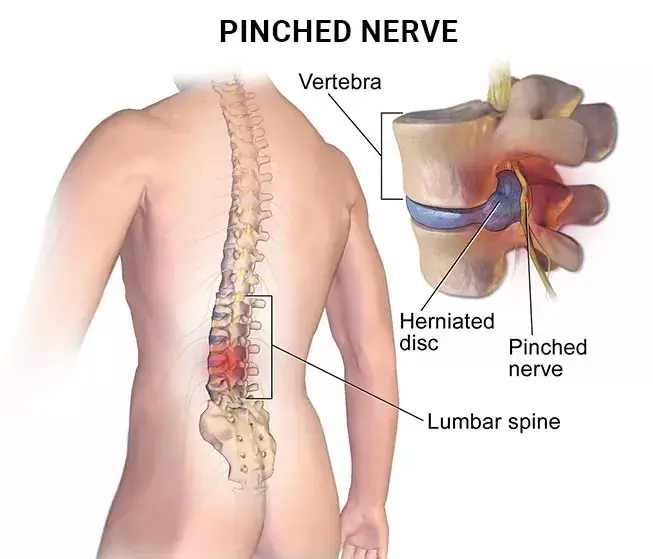Different Types of Headaches
- Dr. Jill Evans

- Sep 22, 2023
- 2 min read

A headache is a common physical sensation that can result from a variety of underlying causes. It is typically characterized by pain or discomfort in the head, scalp, or neck, and can range from mild to severe. Understanding what happens in the body when we get a headache can help to shed light on why this condition occurs and what can be done to treat it.
Headaches can be caused by a variety of factors, including:
Tension: Muscle tension in the neck and head can lead to tension headaches.
Dehydration: Dehydration can cause headaches due to a lack of fluid in the brain.
Migraines: Migraines are a type of headache that can be caused by changes in the brain, such as the release of certain chemicals or the widening of blood vessels.
Sinusitis: Inflammation of the sinuses can cause pressure and pain in the head, known as a sinus headache.
Eye strain: Staring at a computer screen or other digital devices for long periods of time can cause eye strain and headaches.
Hormonal changes: Changes in hormone levels, such as those experienced during menstrual periods or menopause, can cause headaches.
Stress: Chronic stress can lead to tension headaches and migraines.
Medications: Overuse of pain medications or certain medications can cause rebound headaches.
Sleep deprivation: Lack of sleep can cause headaches.
Certain foods or food additives: Certain foods, such as processed foods, artificial sweeteners, or alcohol, can trigger headaches in some individuals.
While these are the most talked about reasons for headaches, spinal misalignments could also be a common factor. A spinal misalignment, also known as a spinal subluxation, can cause headaches because of the connection between the spinal column and the nervous system. The spinal column is made up of bones called vertebrae that protect the spinal cord, which carries signals between the brain and the rest of the body. When the vertebrae are misaligned, they can put pressure on the nerves that exit the spinal column, leading to pain and discomfort in other parts of the body, including the head.
Misalignments in the cervical spine, which is the upper part of the spine located in the neck, are particularly associated with headaches. These misalignments can cause pressure on the nerves that control the muscles in the head and neck, leading to tension and pain in these areas.
In some cases, a spinal misalignment can also cause headaches by altering the normal flow of blood and spinal fluid to the brain. This can lead to increased pressure in the head and contribute to the development of headaches.
Chiropractic care is one of the treatments that can help alleviate headaches caused by spinal misalignment. A chiropractor can adjust the vertebrae to reduce pressure on the nerves and improve the alignment of the spine. This can help to reduce pain and discomfort in the head, neck, and other parts of the body.
Spinal misalignment can cause headaches by putting pressure on the nerves and altering the normal flow of blood and spinal fluid to the brain. Chiropractic care can help alleviate these headaches by improving the alignment of the spine and reducing pressure on the nerves.






Comments